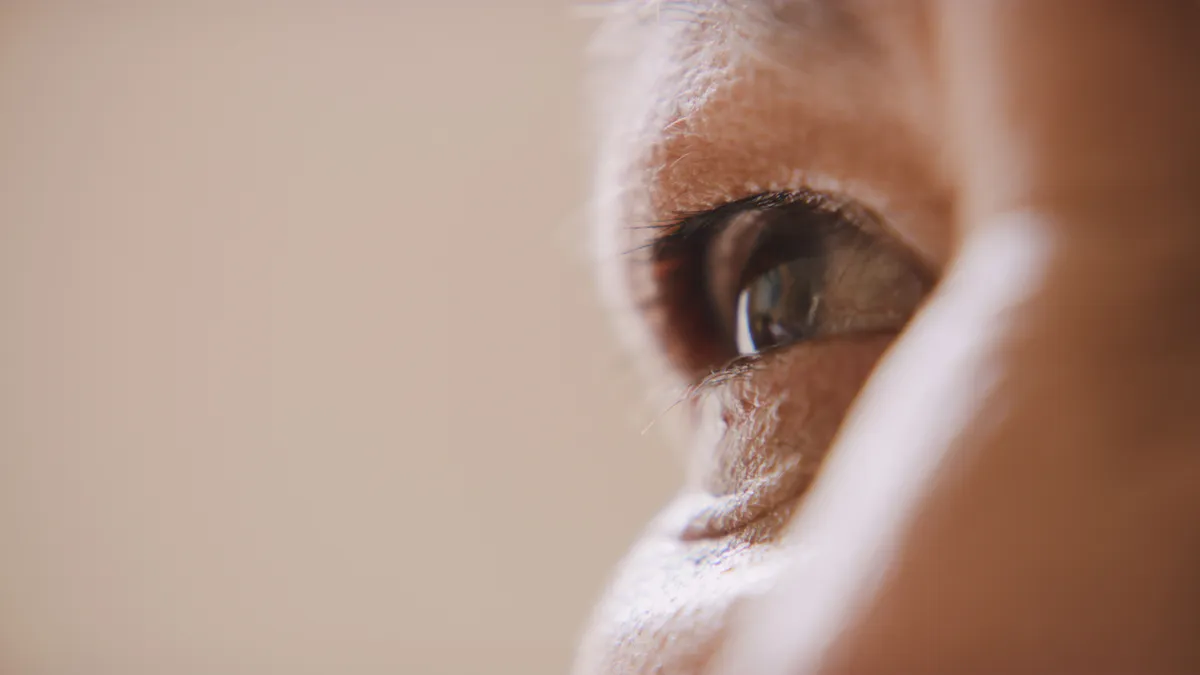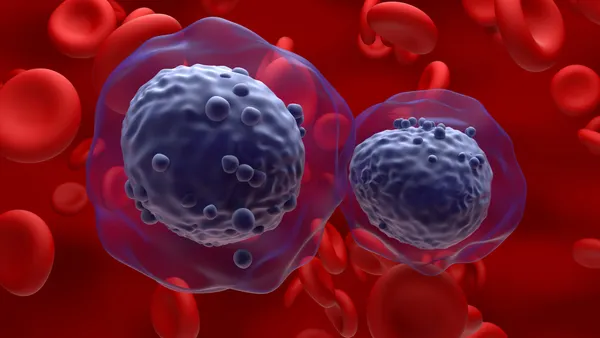Character Biosciences, a biotechnology startup developing treatments for vision loss, said Tuesday it raised $93 million in a Series B round.
The financing will help Character bring its two most advanced programs into clinical testing. One, dubbed CTX114, is being tested in geographic atrophy, a common eye condition and an advanced stage of age-related macular degeneration, or AMD. The other, CTX203, is designed to halt progression in people with “intermediate” AMD, so they don’t develop geographic atrophy or other forms of advanced disease. Both drug prospects should begin Phase 1 trials this year.
In geographic atrophy, Character aims to challenge two marketed drugs — Apellis Pharmaceuticals’ Syfovre and Astellas Pharma’s Izervay. Both can slow the growth of the patchy, map-like eye lesions that create blind spots in people with geographic atrophy. However, testing hasn’t clearly shown that doing so preserves vision. And in rare cases, Syfovre has been associated with severe side effects.
Like Syfovre and Izervay, CTX114 works on the complement system, an arm of the body’s immune system. According to Character co-founder and CEO Cheng Zhang, CTX114 does so differently, mimicking the function of a protein that stops the complement system from overactivating, but that malfunctions in AMD. Preclinical testing has suggested the approach may be more effective, though that hasn’t been proven in humans.
Character’s second drug is being developed for people who don’t yet have advanced AMD and aren’t typically treated. CTX203 is designed to stabilize expression of a protein called ABCA1 that’s involved in lipid transport by retinal cells. Lower ABCA1 levels are associated with an abnormal buildup of lipids that can lead to AMD progression.
While there are many medications for “wet” AMD, drugmakers have had less success with the “dry” form that accounts for the bulk of the estimated 200 million people worldwide with the disease. Zhang says a big reason why is the disease’s heterogeneity and varied progression, which makes it difficult to design clinical trials. Character has collected a trove of AMD patient data to help design its drugs and identify the specific groups of people it intends to enroll in studies.
“What gives us comfort is that we have mapped out those challenges, we have a deeper understanding of how we might mitigate those risks,” Zhang said. “We can subtype patients, understand those patients who are more likely to respond to our therapy, and have a drug that has more applications in the first place.”
Character’s Series B round was led by aMoon and Luma Group, and involved Bausch + Lomb, Jefferson Life Sciences and four other investors. Bausch + Lomb also announced a collaboration with the biotech in January.
“Character’s patient-first approach is unique in its ability to identify those who are most likely to benefit from therapy, and we look forward to seeing the clinical impact of this approach with the use of proceeds from this financing,” Jamie Kasuboski, a partner and head of research at Luma Group, said in a statement.
Character was formerly known as Clover Therapeutics, which was launched in 2019 by the health insurance firm Clover Health. The company previously raised an $28 million in funding, Zhang said.















